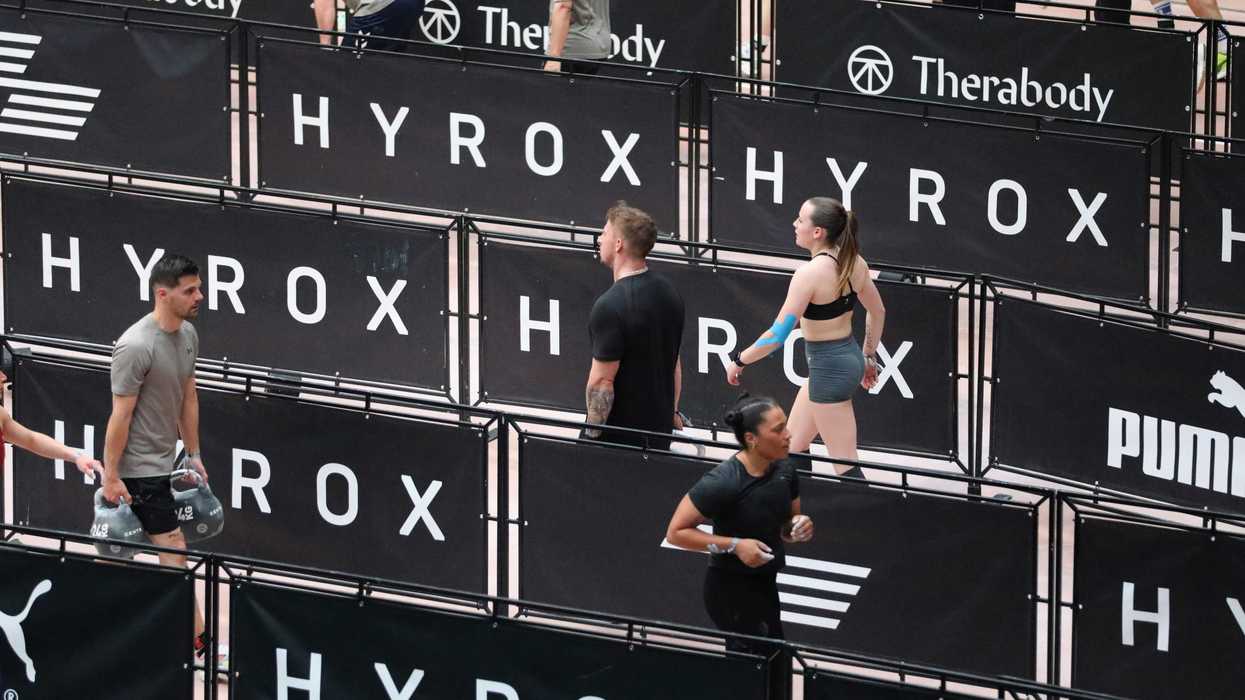Youth turnout surged across the country last fall, exceeding the voter participation gains in virtually every big and bellwether state.
The new turnout estimates for the 2018 midterm, from demographers at Tufts University, drew a direct connection between political competition and boosted turnout among voters younger than 30 – making plain that energizing the younger electorate can have a demonstrable impact on the outcome of a tight presidential contest and tossup congressional races next year.
But the research also makes clear that younger people from coast to coast get to the polls less frequently than their older voters. Nationwide, 50 percent of eligible voters turned out, the best participation in a midterm year in more than a century. But the highest youth turnout the researchers found was in Minnesota, at 44 percent.
Still, in each of the seven states with the most closely-watched Senate contests last fall, youth turnout was more than 25 percentage points higher than in the 2014 midterm.
The Center for Information & Research on Civic Learning and Engagement at Tufts, which studies youth civic engagement, made its estimates based on voting data from 34 states, including nine of the 10 most populous (California the exception) and all but three of the states eyed as being competitive on the 2020 presidential map. (The data is not yet available from Arizona, Wisconsin or New Hampshire.)
Youth turnout increased in every state studied. And in 26 of them the increase exceeded the increase in overall voter turnout. This was true in every one of the dozen potential 2020 presidential battlegrounds for which there was data.
Six of the eight states where that did not happen are reliably Republican on the national map, which the researchers said reflected findings from last fall that the GOP did not reach out to younger voters nearly so aggressively as the Democrats did. Youth turnout gains also lagged behind the general electorate's enthusiasm in three traditionally red states — Missouri, Tennessee and Texas — that hosted marquee Senate races where Republicans triumphed despite particularly strong Democratic campaigns.
The study said these were the states where youth turnout topped 30 percent:
- Minnesota: 44 percent
- Montana: 42 percent
- Colorado: 41 percent
- Oregon: 39 percent
- Maine: 36 percent
- Iowa: 35 percent
- Washington: 35 percent
- Georgia: 33 percent
- Virginia: 33 percent
- Massachusetts: 33 percent
- Michigan: 33 percent
- Florida: 32 percent
- Connecticut: 31 percent
- Pennsylvania: 30 percent
- Missouri: 30 percent



















